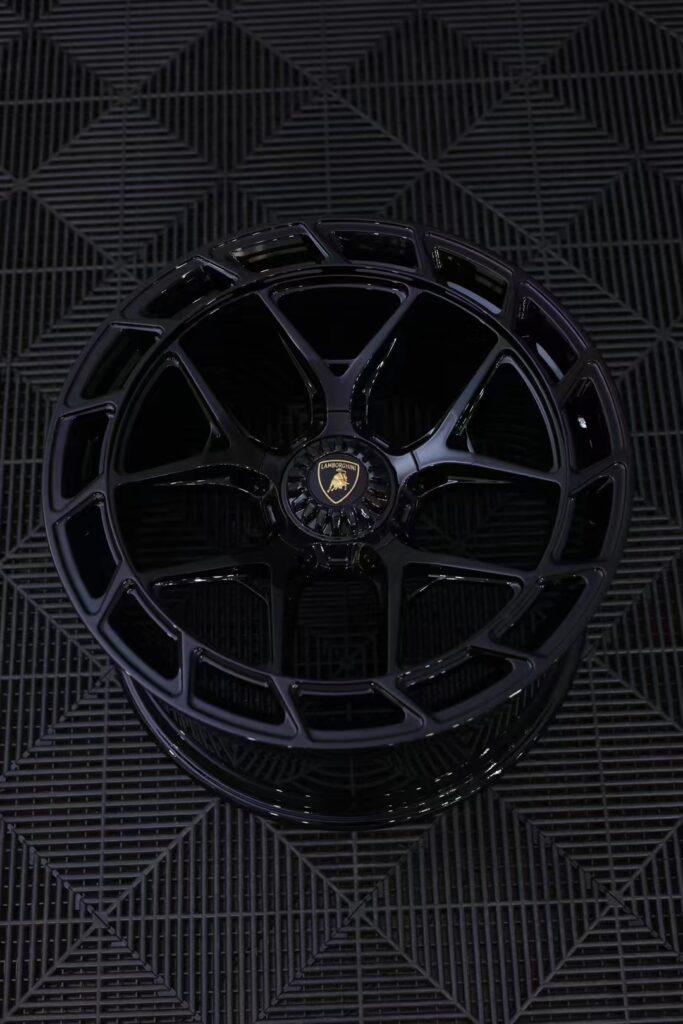Welche Radgröße ist für die Leistung am besten geeignet?
How to Rationally Choose Car Wheel Size: Impacts and Recommendations
When browsing vehicle models, you may have noticed a common phenomenon: different trim levels of the same model often come with different wheel sizes, in addition to variations in performance and features. Typically, higher-priced trims are equipped with larger wheels, giving the car a sportier and more attractive look. But are larger wheels always the best choice? How do they differ from standard-sized wheels in daily use? And what changes occur after upgrading to larger wheels?

What wheel size is best for performance (4)
The Impact of Wheel Size
◆ OEM Standard Wheel Sizes
Let’s first look at common wheel sizes. Standard OEM sizes usually include 15-inch, 16-inch, 17-inch, 18-inch, and 19-inch wheels. Smaller wheels are more common on economy cars, while larger ones are typically found on higher-end models. For example, family cars under ¥150,000 often offer only 15, 16, or 17-inch options, while models above ¥250,000 may provide 17, 18, or 19-inch wheels.
Take the Honda Fit, for instance, which starts with 15-inch wheels, whereas the Toyota Highlander comes with at least 18-inch wheels. Sports cars often feature wheels starting from 20 inches. Clearly, as wheel size increases, so do the vehicle’s specifications and price.
If you’re unsure about your car’s wheel size, check the numbers on the tire sidewall. You’ll typically see a series like 225/60 R17, where the units are millimeters. Here, 225 indicates the tire’s width, 60 is the aspect ratio, and R17 corresponds directly to the wheel size – a 17-inch rim.

What wheel size is best for performance (3)
◆ Wheel Size and Handling
Now, let’s discuss the pros and cons of larger wheels. While they enhance the vehicle’s sporty appearance and overall aesthetic appeal, like everything, they have their drawbacks. Alongside their advantages, it’s important to acknowledge their limitations.
Larger wheels offer superior handling. As the wheel size increases, the aspect ratio decreases, resulting in a thinner tire sidewall. This provides clearer and more precise feedback from the road. Additionally, during cornering, the wider contact patch of larger wheels reduces deformation, improving grip. This explains why many sports cars and race cars opt for larger wheels.

What wheel size is best for performance (1)
However, larger wheels aren’t without disadvantages. The lower aspect ratio that accompanies larger sizes means thinner tire sidewalls. This can compromise ride comfort and increase fuel consumption. Therefore, while larger wheels offer certain advantages, they are not a perfect solution.

What wheel size is best for performance (3)
Recommendations for Choosing Wheels
◆ Wheel Width and Aspect Ratio
Aspect ratio plays a crucial role in wheel selection. So, what exactly is aspect ratio, and why does the tire sidewall become thinner with larger wheels? It’s important to understand the concept of wheel width – the distance between the two flanges of the rim. Designations like 7J or 8J indicate the wheel width in inches, with ‘J’ being a common rim type.
Note that the wheel width directly determines the tire width. Therefore, when selecting wheels, it’s essential to follow established standards to ensure compatibility between the wheel and tire widths. Specific standards can be referenced in relevant charts.
If upgrading from 17-inch to 18-inch wheels, note that the J-value will also increase. To ensure driving safety, the difference in overall tire diameter should be kept within 3%. This allows for wider tires, but the sidewalls will become thinner. So, while enjoying the visual benefits of larger wheels, drive cautiously to reduce the risk of sidewall bulges or blowouts.
◆ Selection for Different Road Conditions
In complex urban environments, obstacles like manhole covers, speed bumps, and potholes are unavoidable. When driving, try to avoid these hazards; if unavoidable, be sure to reduce your speed to prevent tire damage or excessive wear, ensuring driving safety. Experienced drivers might choose larger wheels for a better driving experience, while novice drivers or those using the car primarily for commuting are advised to stick with standard sizes until their skills improve. Ultimately, when choosing wheel size, always consider your actual needs and driving conditions, prioritizing safety above all.
